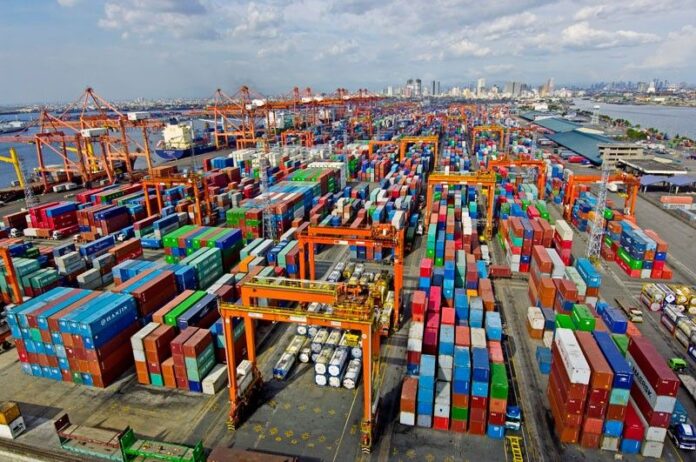
Pakistan’s main exported goods
Pakistan’s economy heavily relies on exports as a significant source of foreign exchange. The country exports a diverse range of goods, primarily based on agriculture, textiles, and some manufactured products. Below is an overview of Pakistan’s main exported goods:
1. Textiles and Apparel
The textile sector is the backbone of Pakistan’s exports, contributing over 50% of the total export revenue. This industry includes products such as:
Cotton Yarn and Cotton Fabric: Pakistan is one of the world’s leading producers of cotton, and exports raw cotton, yarn, and grey fabric to various countries, including China, Bangladesh, and Turkey.
Garments and Apparel: Knitted and woven garments like shirts, trousers, bed linens, and towels are highly sought after in the international market. The United States, European Union, and the Middle East are major buyers.
Towels and Home Textiles: Pakistan is a leading exporter of towels, bed sheets, and home furnishing products made from high-quality cotton.
2. Rice
Pakistan is one of the largest exporters of rice globally, particularly Basmati rice, which is known for its premium quality and aroma. The major buyers of Pakistani rice include countries in the Middle East, Africa, and Europe. Rice exports significantly contribute to the agricultural economy, with millions of farmers relying on its production.
3. Leather and Leather Products
Leather and leather goods, such as shoes, bags, jackets, and gloves, are another key export category. Pakistani leather is well-regarded for its quality and is exported to countries like Italy, Germany, and the United States. Pakistan’s tannery industry has grown over the years, enabling the production of both raw and finished leather.
4. Sports Goods
Sialkot, a city in Pakistan, is internationally renowned for producing high-quality sports goods. The country exports:
Football (Soccer Balls): Pakistan produces and supplies hand-stitched footballs to global brands like Adidas and Nike, especially for tournaments like the FIFA World Cup.
Cricket Equipment: Bats, gloves, and pads are exported worldwide due to the country’s expertise in manufacturing high-quality sporting gear.
5. Surgical Instruments
Pakistan is a major exporter of surgical instruments, with Sialkot playing a central role. These instruments include forceps, scissors, and surgical knives, which are used in hospitals and clinics around the world. Germany, the United States, and the United Kingdom are key markets.
6. Fruits and Vegetables
Pakistan’s rich agricultural land allows for the export of various fresh and dried fruits, such as:
Mangoes: Known as the “King of Fruits,” Pakistani mangoes are famous for their taste and are exported to the Middle East, Europe, and North America.
Citrus Fruits (Kinnow): Kinnow is a type of mandarin orange highly popular in international markets.
7. Cement and Building Materials
Pakistan exports cement and other building materials to countries in South Asia, Africa, and the Middle East. The cement industry has grown significantly, supported by the country’s natural limestone reserves.
8. Chemicals and Pharmaceuticals
Pakistan also exports basic chemicals, including urea and sodium carbonate, along with pharmaceutical products to neighboring countries.
9. Seafood
Fish and seafood, such as shrimp, crabs, and frozen fish, are important exports, primarily to the Middle East, China, and Southeast Asia.
10. Sportswear and Hosiery
Knitted socks, sportswear, and undergarments are exported in bulk to countries in Europe and North America, adding to Pakistan’s growing textile dominance.
Conclusion
Pakistan’s export economy is centered on agriculture, textiles, and industrial products, with significant reliance on the textile sector. By targeting both traditional markets like the US and Europe and emerging ones in the Middle East and Africa, Pakistan aims to diversify and expand its export portfolio further. Strengthening these industries and improving export infrastructure remains critical for the country’s long-term economic growth.



Leave a Reply